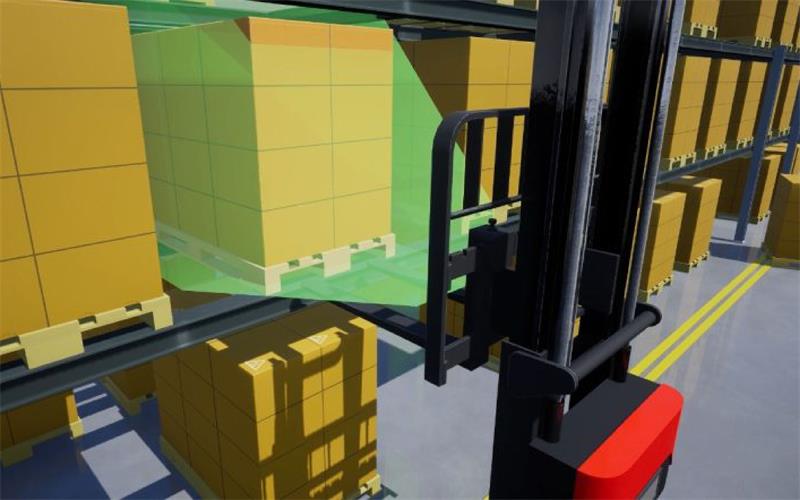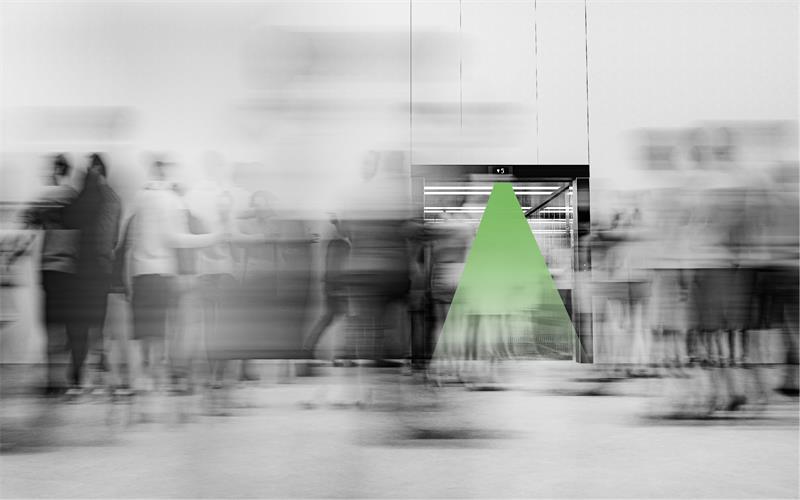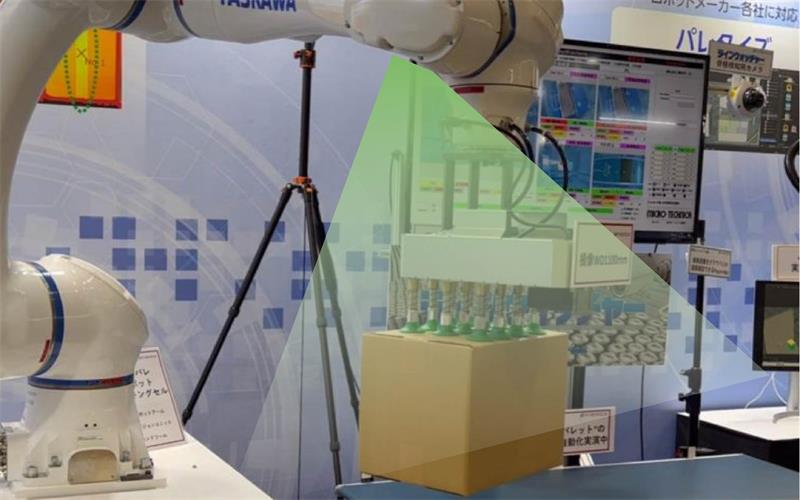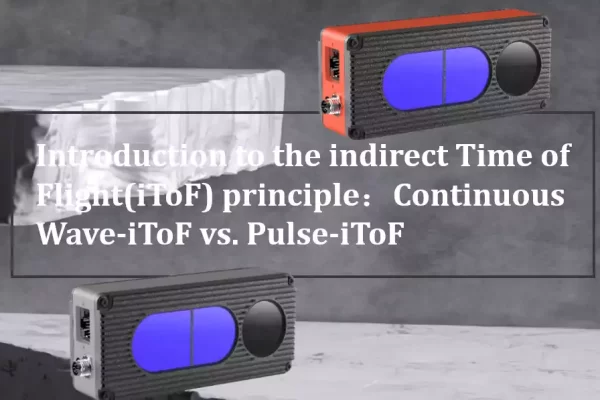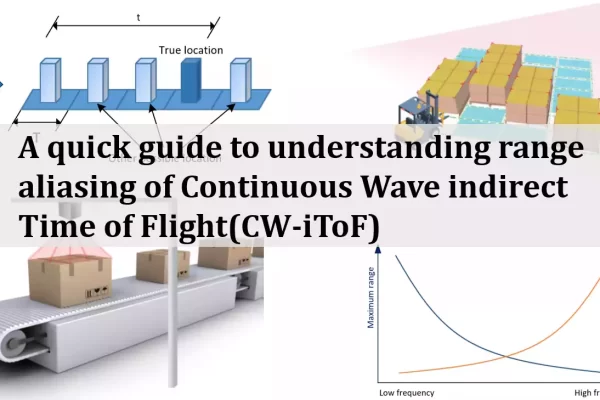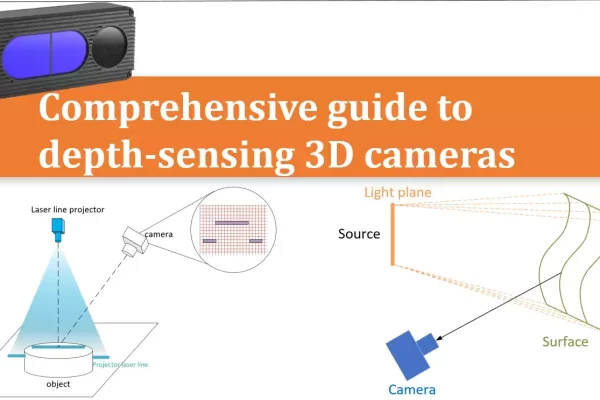Table of Contents
Technical Principle
1. Structured Light
Principle: By projecting specific coded optical patterns (such as stripes, dot arrays, or random speckles), the camera captures the deformed patterns on the object’s surface. Depth is then calculated using geometric triangulation.
Key : Accurate projection of patterns and matching algorithms.
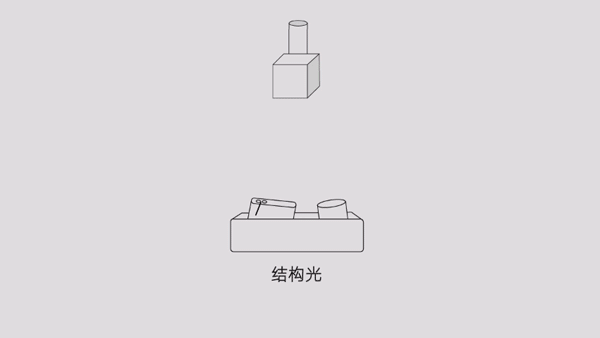
2. Indirect Time-of-Flight (iToF)
Principle: Emits modulated continuous light waves and measures the phase difference between the reflected light and emitted light. Distance is then calculated by analyzing the phase shift to determine the light’s travel time.
Key : Time resolution capability and phase detection accuracy.
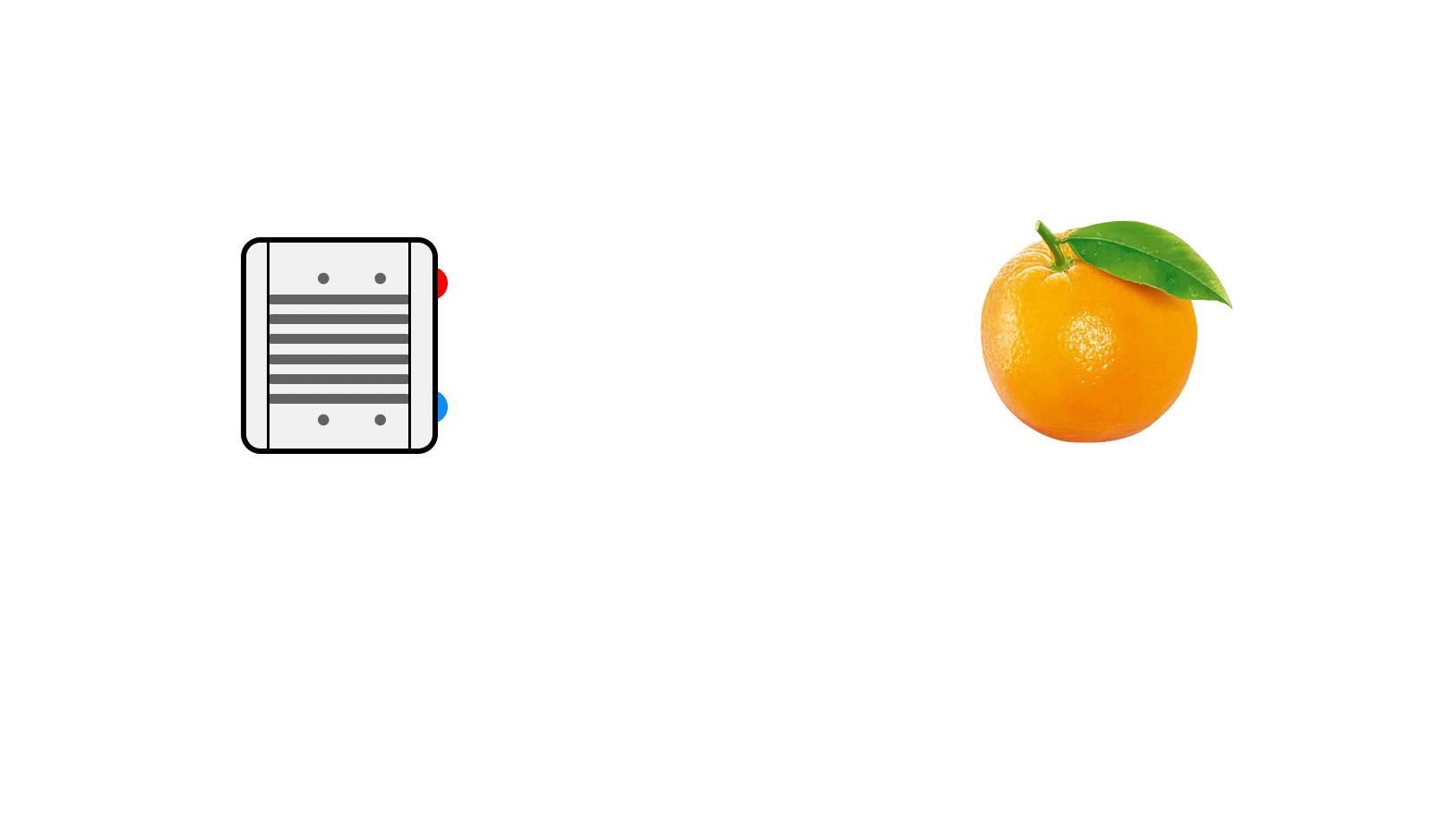
Core performance comparison
| Type | Structured Light camera | iToF camera |
| Resolution | ⭐⭐⭐⭐⭐ | ⭐⭐⭐⭐ |
| Detection range | ⭐⭐ | ⭐⭐⭐⭐⭐ |
| Accuracy and precision | ⭐⭐⭐ | ⭐⭐⭐ |
| Light resistance | ⭐ | ⭐⭐⭐⭐⭐ |
| Power consumption | ⭐⭐⭐⭐ | ⭐⭐ |
| Dynamic adaptability | ⭐ | ⭐⭐⭐⭐⭐ |
Comparison of advantages and disadvantages
1. Structured Light Camera
Pros: High accuracy at near range , suitable for capturing intricate surface details.
Cons: Sensitive to ambient light, relatively large size, high cost, poor long-distance performance, and severe overfitting issues.
Note: Overfitting refers to a phenomenon where a model or algorithm performs exceptionally well with specific experimental data or scenarios but shows significant performance degradation when faced with new environments, new materials, or noise interference. This occurs due to the algorithm’s excessive reliance on training data (calibration data) or physical assumptions, leading to insufficient generalization apabilities. Imaging results are shown as illustrated below:
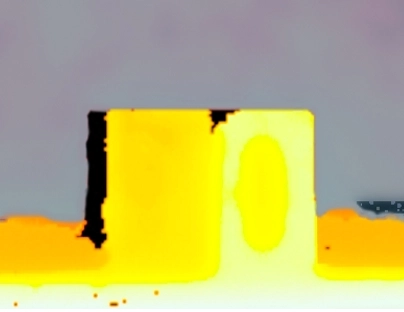
2. iToF Camera
Pros: Low cost, low power consumption, compact size, and easy integration; strong real-time performance (high frame rate) ; excellent object recognition capabilities for fast segmentation and localization.
Cons: Accuracy affected by multipath reflection and ambient light noise; short detection range with poor long-distance performance; high requirements for object reflectivity, making it difficult to detect transparent or highly reflective surfaces.
Application scenarios
1. Structured Light Camera
Consumer electronics: Smartphone facial recognition (e.g., iPhone Face ID), 3D modeling.
Industrial: Precision part inspection, reverse engineering.
Medical: Dental scanning, surgical navigation.
2. iToF Camera
Industrial robot identification: Pallet recognition and obstacle avoidance for AGVs and AMRs.
Smart depalletizing: Dynamic grasping and sorting.
Logistics field: Single-item separation and warehouse slot detection.
Security monitoring: Passenger flow counting and restricted area intrusion detection.
Smart agriculture: Recognition and picking of fruits and vegetables.


